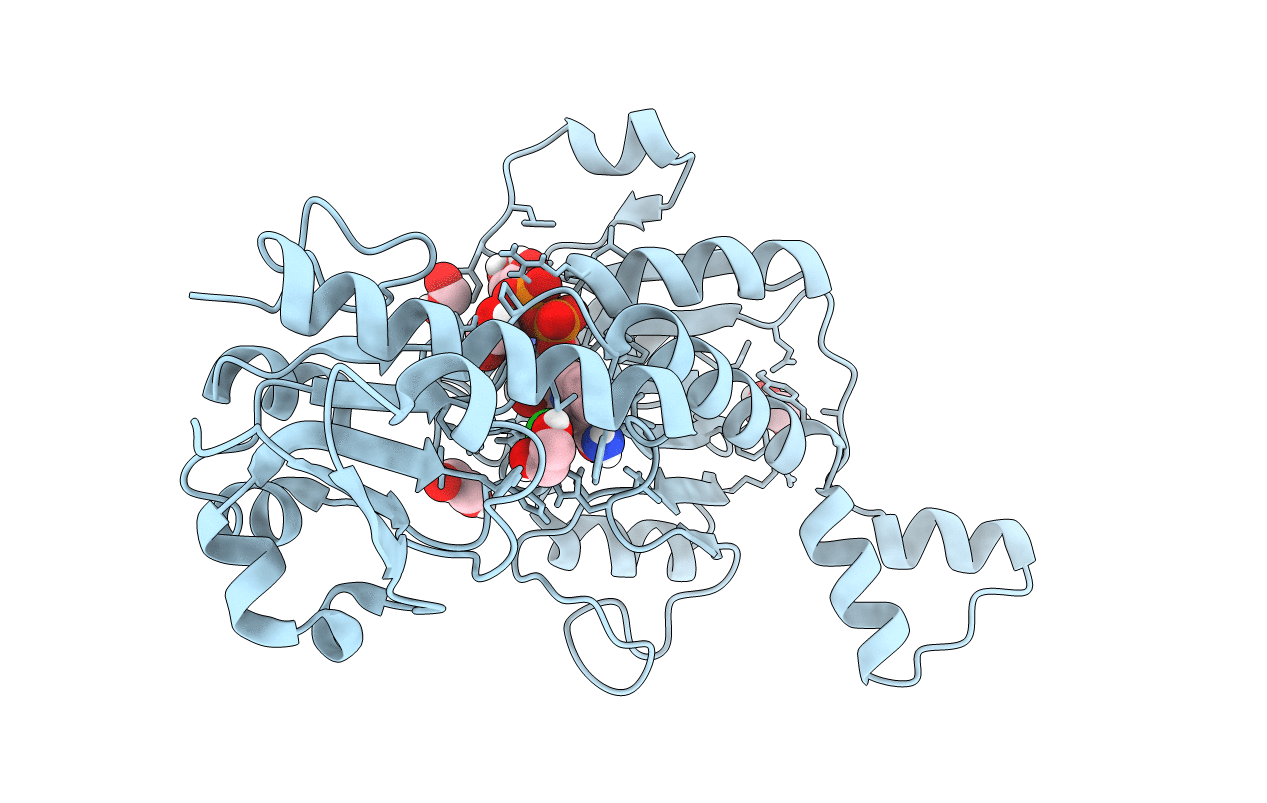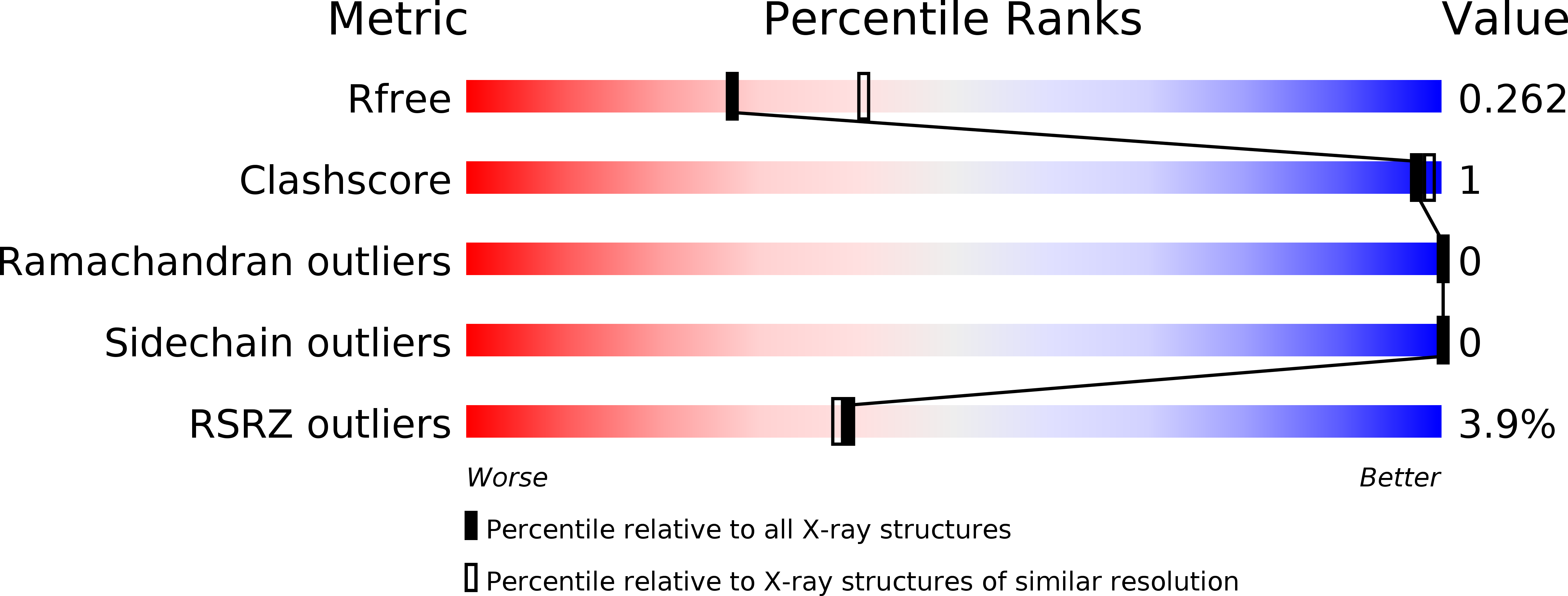
Deposition Date
2018-02-09
Release Date
2018-05-09
Last Version Date
2023-10-04
Method Details:
Experimental Method:
Resolution:
2.40 Å
R-Value Free:
0.26
R-Value Work:
0.23
R-Value Observed:
0.23
Space Group:
P 64 2 2


